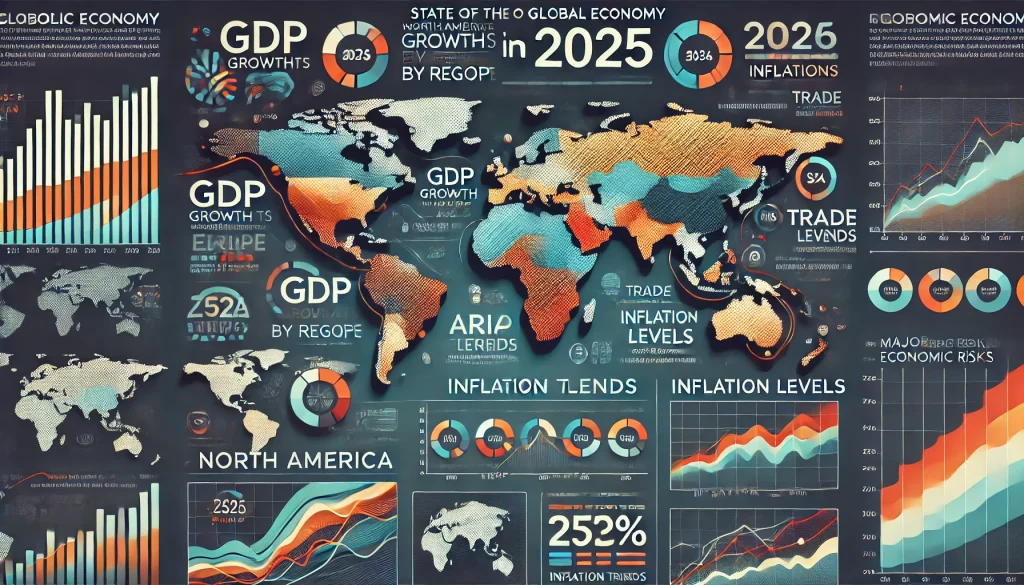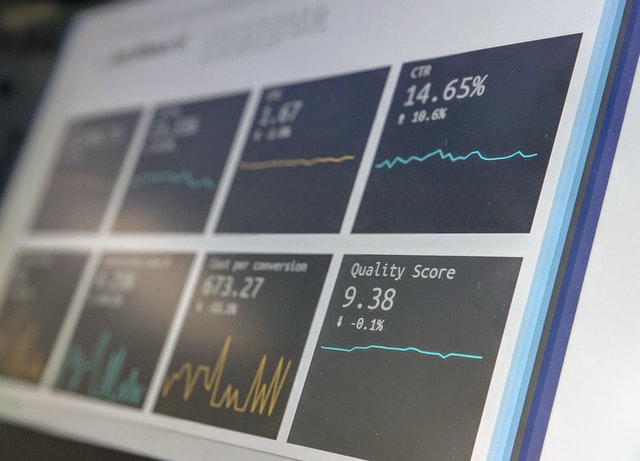World Bank Group Overview
The World Bank Group (WBG) is a global financial institution that provides financial and technical assistance to developing countries with the goal of reducing poverty and promoting sustainable development. It consists of five institutions:
- International Bank for Reconstruction and Development (IBRD) – Provides loans to middle-income and creditworthy low-income countries.
- International Development Association (IDA) – Offers concessional loans and grants to the poorest countries.
- International Finance Corporation (IFC) – Supports private sector development through investment and advisory services.
- Multilateral Investment Guarantee Agency (MIGA) – Provides political risk insurance to investors in developing countries.
- International Centre for Settlement of Investment Disputes (ICSID) – Resolves international investment disputes.
The WBG works with governments, the private sector, and civil society to fund infrastructure, education, healthcare, and other development projects.
Global Economic Prospects (GEP) Report
The Global Economic Prospects (GEP) is the World Bank Group’s flagship report on the state of the world economy. Published twice a year (January and June), it provides:
- Global Growth Forecasts – Outlook for economic growth worldwide, including regional and country-level projections.
- Risks & Challenges – Analysis of economic risks such as inflation, debt crises, financial instability, and geopolitical tensions.
- Sectoral Trends – Examination of trade, investment, and commodity markets.
- Policy Recommendations – Advice on monetary, fiscal, and structural policies for governments and institutions.
This report is widely used by policymakers, investors, and economists to anticipate economic trends and make strategic decisions.
The Global Economic Prospects (GEP) report, published by the World Bank in January 2025, provides an analysis of the current state and future outlook of the global economy. The report projects that global economic growth will stabilize at 2.7% in both 2025 and 2026. This rate is consistent with previous years but remains below the average growth experienced between 2010 and 2019.
Key Highlights from the Report:
- Insufficient Growth for Development: The global economy appears to be settling into a low growth rate that may be inadequate to foster sustained economic development. World Bank
- Challenges for Developing Economies: Developing economies, which contribute approximately 60% of global growth, are projected to face their weakest long-term growth outlook since 2000. Factors such as high debt levels, weak investment, and the escalating costs associated with climate change are expected to hinder their economic progress. World Bank
- Regional Outlooks:
- East Asia and Pacific: Growth is anticipated to decelerate to 4.6% in 2025 and 4.1% in 2026, primarily due to a slowdown in China. World Bank
- Europe and Central Asia: Economic expansion is forecasted to moderate to 2.5% in 2025 before picking up to 2.7% in 2026. World Bank
- Latin America and the Caribbean: Growth is expected to increase from 2.2% in 2024 to an average of 2.5% in 2025-26. World Bank
- Sub-Saharan Africa: The region's growth is projected to strengthen to an average of 4.2% in 2025-26, driven by improvements in industrial-commodity-exporting countries. World Bank
- Risks and Uncertainties: The report highlights several downside risks that could further impede global growth, including heightened policy uncertainty, adverse shifts in trade policies, escalating geopolitical tensions, persistent inflation, and climate-related natural disasters. World Bank
In summary, the GEP report underscores a global economy growing steadily but at a pace insufficient to significantly reduce poverty or promote robust development, particularly in the world's poorest nations. Addressing the challenges faced by developing economies is crucial for achieving more equitable and sustainable global growth.





